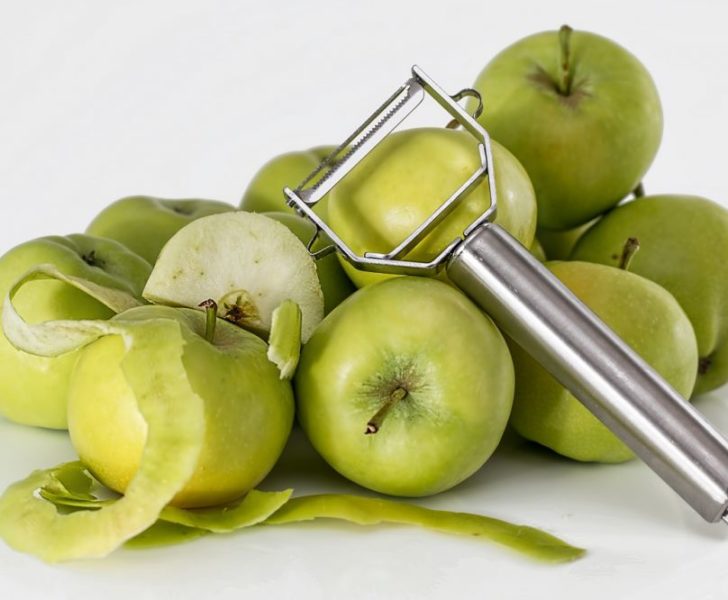Antiinflammatorisk Kostlista: Minska Inflammation Med Rätt Matval

Introduction:
Inflammation is a natural response of the body to injury or infection. However, when it becomes chronic, it can lead to various health conditions such as heart disease, arthritis, and even cancer. By adopting an anti-inflammatory diet, you can help reduce inflammation in your body and improve your overall health. In this article, we will provide a comprehensive overview of the anti-inflammatory diet list, its different types, popular choices, quantitative measurements, differences between various lists, and a historical review of its pros and cons.
An Overview of the Anti-inflammatory Diet List

The anti-inflammatory diet focuses on consuming foods that help reduce inflammation in the body. These foods are rich in antioxidants, Omega-3 fatty acids, and phytonutrients. By incorporating them into your meals, you can promote a healthier inflammatory response and protect your body from chronic diseases.
Comprehensive Presentation of the Anti-inflammatory Diet List
The anti-inflammatory diet list can vary depending on the specific protocol or plan you follow. However, there are some common elements that are consistently recommended. These include:
1. Fruits and Vegetables:
Aim for a diverse range of colorful fruits and vegetables, which are packed with antioxidants and nutrients. Berries, leafy greens, tomatoes, and cruciferous vegetables such as broccoli and Brussels sprouts are particularly beneficial.
2. Healthy Fats:
Include sources of healthy fats like avocados, olive oil, nuts, and seeds. These fats are known for their anti-inflammatory properties and are essential for overall health.
3. Omega-3 Fatty Acids:
Fatty fish like salmon, mackerel, and sardines are rich in Omega-3 fatty acids. These fats help reduce inflammation and support brain health.
4. Whole Grains:
Opt for whole grains like brown rice, quinoa, and oats instead of refined grains. They provide fiber and essential nutrients while minimizing inflammation.
5. Legumes and Beans:
Beans and legumes are excellent sources of plant-based protein and fiber. They also contribute to reducing inflammation in the body.
6. Herbs and Spices:
Turmeric, ginger, garlic, and cinnamon have potent anti-inflammatory properties. Incorporate them into your cooking and enjoy their health benefits.
Quantitative Measurements for the Anti-inflammatory Diet List
Although there is no specific measurement for the anti-inflammatory diet, it is generally recommended to focus on a balanced plate. Fill half of your plate with non-starchy vegetables, one-fourth with lean protein (preferably plant-based), and one-fourth with whole grains or legumes.
Monitoring your omega-6 to omega-3 fatty acid ratio is also crucial. A balance of 1:1 or 2:1 is considered optimal, as excessive omega-6 intake can promote inflammation. Including fatty fish or omega-3 supplements can help achieve this balance.
Differences Between Various Anti-inflammatory Diet Lists
There are several variations of the anti-inflammatory diet, such as the Mediterranean diet, the DASH diet, and the Paleo diet. While they all share the goal of reducing inflammation, they vary in their emphasis on specific food groups and restrictions.
– Mediterranean Diet: The Mediterranean diet emphasizes fruits, vegetables, whole grains, olive oil, and lean proteins like fish and poultry. It allows moderate consumption of red wine and limited amounts of dairy and red meat.
– DASH Diet: The DASH diet focuses on reducing sodium intake and increasing the consumption of fruits, vegetables, whole grains, lean proteins, and low-fat dairy products. It also limits processed foods, sugary drinks, and sweets.
– Paleo Diet: The Paleo diet emphasizes whole, unprocessed foods similar to what our ancestors ate during the Paleolithic era. It excludes grains, legumes, dairy products, and processed foods while encouraging the consumption of lean meats, fruits, vegetables, nuts, and seeds.
Historical Review of the Pros and Cons of Different Anti-inflammatory Diet Lists
The concept of an anti-inflammatory diet is not new and has evolved over time. While it has gained popularity and scientific support for its potential health benefits, it’s important to consider both the pros and cons.
Pros:
– Rich in antioxidants and nutrients: The anti-inflammatory diet provides a wide range of vitamins, minerals, and antioxidants necessary for overall health.
– Weight management: A balanced anti-inflammatory diet can support weight loss and weight maintenance, contributing to a healthier lifestyle.
– Reduced risk of chronic diseases: By minimizing inflammation, this diet may help reduce the risk of chronic conditions such as heart disease, diabetes, and certain cancers.
Cons:
– Potential nutrient deficiencies: Depending on the specific restrictions, some anti-inflammatory diets may limit certain food groups, potentially leading to nutrient deficiencies. Consulting a dietitian can help address these concerns.
– Individual variability: The response to an anti-inflammatory diet may vary among individuals. It’s important to listen to your body and make adjustments accordingly.
Conclusion:
An anti-inflammatory diet can be a powerful tool in reducing chronic inflammation and promoting overall health. By including a variety of colorful fruits and vegetables, healthy fats, omega-3 fatty acids, whole grains, legumes, and spices, you can support your body’s natural inflammatory response. However, it’s essential to choose a diet plan that suits your individual needs and consult a healthcare professional or dietitian for personalized guidance. By adopting an anti-inflammatory diet, you take a proactive step towards better health and well-being.











